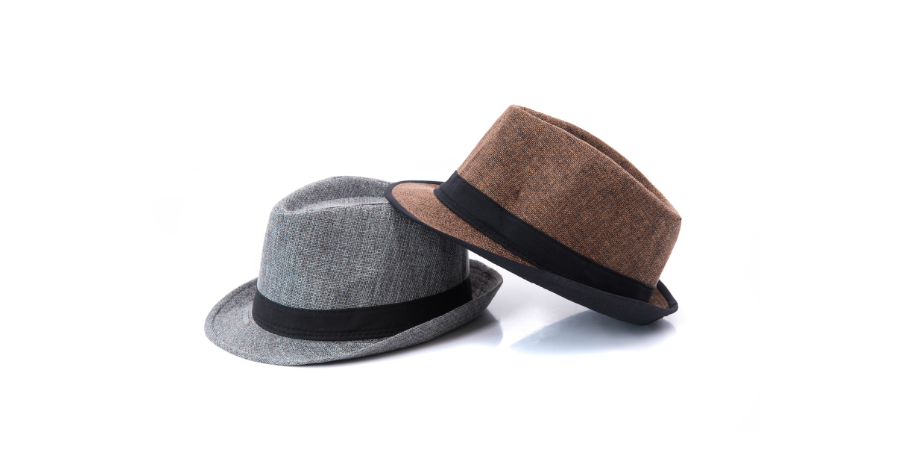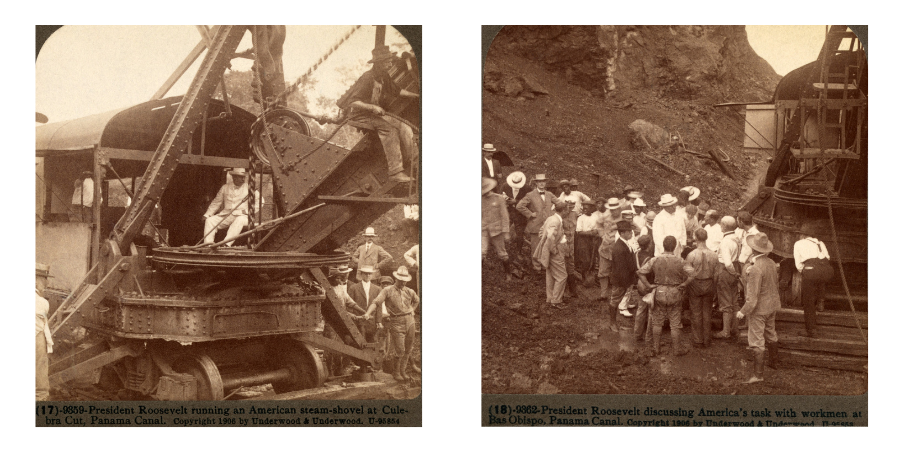A Complete Guide to Panama Hat: Discovering Timeless Style’s Elegance
Updated: November 19, 2023
44
Panama hats, with their classic style and skilled craftsmanship, have been a style icon for centuries. In this comprehensive guide, we’ll explore the complete guide to Panama hat, detailed weaving techniques, various styles, and the long lasting popularity and legacy of Panama hats.

Table of Contents
History of Panama Hat
The Panama hat originated in Ecuador. The craftsmanship and tradition behind this iconic hat have deep roots in Ecuadorian culture. The term “Panama hat” originated from 19th-century international trading routes, where these finely woven straw hats from Ecuador were shipped to Panama before being distributed globally.
In the 1940, Panama hats gained popularity worldwide. From Ecuador, they were shipped to various parts of the world, including the west coast of the United States and Europe.
How do Panama Hats Get Their Name?
The biggest misconception about these hats is that everyone calls them Panama hats, but they are not made in Panama. The story is that when Roosevelt was going to declare the inauguration of the Panama Canal on a hot day, somebody handed him a hat with a picture of him taken in the canal lane. Hence, people immediately called this hat a Panama, even though it was made in Ecuador and they are now known as Panama hats.

Types of Panama Hat
Panama hats come in various types based on their style, weave, and design. Here are some common types of Panama hat:
- Montecristi Panama Hat
- Cuenca Panama Hat
- Fino Weave Panama Hat
- Classic Fedora Hat
- Optimo Panama Hat
- Colonial Panama Hat
- Bankers or Optimo Fino Panama Hat
- Gambler or Pava Panama Hat
How Panama Hats are Made?
Cardin alopecia palmata leaves, locally known as toquilla or jipijapa, have been used by pre-Incan peoples to make headdresses in coastal Ecuador for centuries. These leaves are famous for their strength, flexibility, and weaving suitability. The material used to make Panama hats comes from the leaves of the Carludovica palmata plant.
Traditionally, Panama hats are woven by skilled artisans in Ecuador using highly skilled craftsmanship. Here is a general overview of the process:
- Harvest leaves from the toquilla palm and strip excess material from the toquilla straw.
- Boil the straw in water for softening and color and dry the boiled straw in the sun.
- Optionally bleach the straw for a lighter color.
- Split the dried straw into fine strands.
- Weave the hat’s crown and brim with split straw.
- Block the dampened hat over a mold for shaping.
- Trim excess straw after blocking.
- Shape the brim and crown to the desired style.
- Add a hatband and decorative elements.
- Optional bleaching for lighter colors.
- Optional pressing for a smoother surface.
- Conduct a thorough quality check.
- Address any issues that arise from the quality check.
Ecuadorian culture and craftsmanship have been influenced by the weaving tradition of these hats over generations.
Panama hats sometimes need to be reshaped to maintain their original shape. The process is relatively simple, whether it’s to adjust the brim or restore a misshapen crown. Here is a complete guide;
Why Panama Hat So Expensive ?
Each hat is graded according to its expertise and time invested in its creation. The price increases as the grade increases, as does the overall quality. Several factors contribute to the cost, such as the fineness of the weave, the time it takes to produce the hat, and the level of craftsmanship involved. People often choose a Panama hat grade based on their budget and desired level of quality.
Panama hats are highly dependent on the quality of the straw used in their construction. Toquilla palm straw makes the finest Panama hats, also known as Carludovica palmata. The weaving of these hats is a highly skilled and time-consuming process.Panama hats are graded according to the tightness and fineness of the weave. Here are some common grades of panama hat:
Grades of Panama hats
1. Montecristi Superfino
This is the highest grade and represents the finest and most tightly woven Panama hats. These hats are crafted in the town of Montecristi in Ecuador, and the weaving process is intricate, requiring great skill. Montecristi Superfino Panama hats are known for their incredible lightness, flexibility, and breathability.
2. Montecristi Fino
This grade is slightly less fine than the Superfino but still of high quality. The weaving is precise, and the hats in this category exhibit excellent craftsmanship.
3. Fino
Fino-grade Panama hats are of good quality, with a fine weave but not as intricate as the Montecristi grades. They are often more affordable than the higher grades while still offering a refined appearance.
4. Semi-Fino
This grade features a less tight weave and is considered a mid-range option in terms of both quality and price.
5. Regular
Regular-grade Panama hats have a coarser weave and are generally more affordable. While they may not have the same level of finesse as higher grades, they still offer a stylish and functional option.
Price of panama hats also depend upon the the felt , is it wool or hair. And Panama hats made from fine hair are generally more expensive than those made from wool due to the rarity and labor-intensive process of working with the fine fibers of the toquilla palm. On the other hand, wool Panama hats, while still of high quality, are typically more affordable.
- Hair: Panama hats crafted from fine hair, often sourced from the toquilla palm plant, are highly valued. The harvesting and preparation of these fibers require skill and time, contributing to the overall cost.
- Wool: Some high-end Panama hats are made from fine wool, which may be merino or other premium varieties. The quality of the wool significantly affects the hat’s texture, durability, and overall appearance.
Ecuadorian Straw Hat Weaving: UNESCO Recognition
In 2012, the traditional weaving of Ecuadorian straw hats was registered on the UNESCO Representative List of the Substantial Cultural Heritage of Humanity, recognizing the cultural importance and craftsmanship involved in making these hats. This recognition underscores the cultural significance and craftsmanship of these hats. As well as acknowledging Ecuador’s contribution to the world’s cultural diversity and heritage, the UNESCO inscription also honors the rich heritage and skilled artisanal practices associated with Ecuadorian straw hat weaving.
Final Thoughts on Complete Guide to Panama Hat
After exploring this Complete Guide to Panama Hat, it becomes clear that this headwear represents more than hats, but also tradition, artistry, and timeless design. And With this guide, you will hopefully find the Panama hat that is right for you.
Check out our hat size guide if you have concerns about your head size.
Which American president wear Panama Hats?
United State president Roosevelt wear panama hats.
Ecuadorian Straw Hat Weaving: UNESCO Recognition
Ecuadorian Straw Hat Weaving was inscribed on the UNESCO Representative List of the Intangible Cultural Heritage of Humanity on December 5, 2012.
How does UNESCO recognition impact the Ecuadorian community?
UNESCO recognition brings global attention to Ecuadorian Straw Hat Weaving, fostering cultural pride and helping to ensure the preservation of this traditional craft. It also contributes to sustainable development by promoting economic opportunities for local artisans.
Why did UNESCO recognize Ecuadorian Straw Hat Weaving?
UNESCO recognized the weaving of straw hats in Ecuador because it represents a living cultural tradition passed down through generations, highlighting the intricate craftsmanship, cultural significance, and the strong sense of community associated with the practice.
What makes Montecristi Panama Hats special?
Montecristi hats are considered the pinnacle of Panama Hat craftsmanship. They are handwoven by skilled artisans, often taking months to complete, and are characterized by an exceptionally fine weave and intricate patterns.
Please Write Your Comments